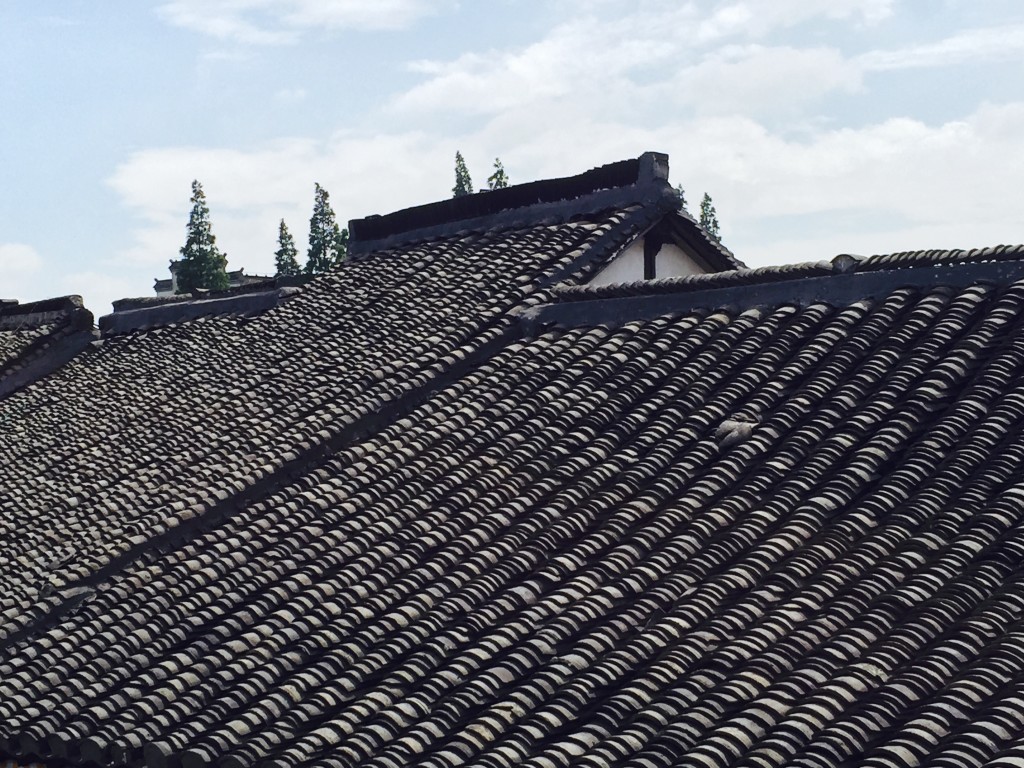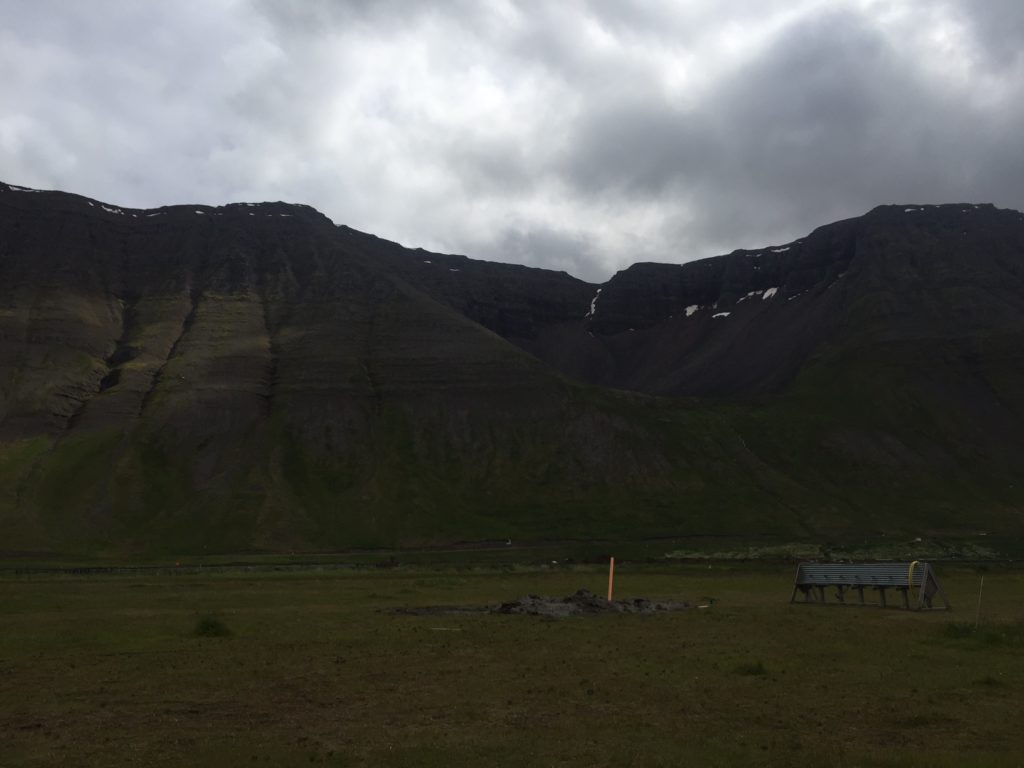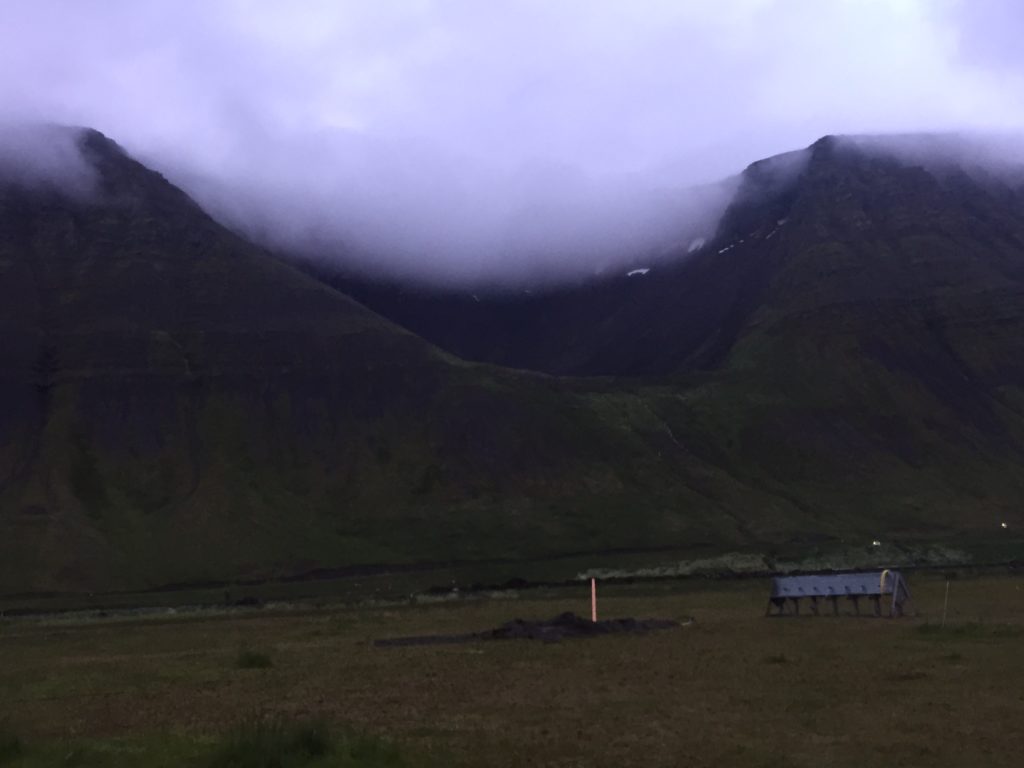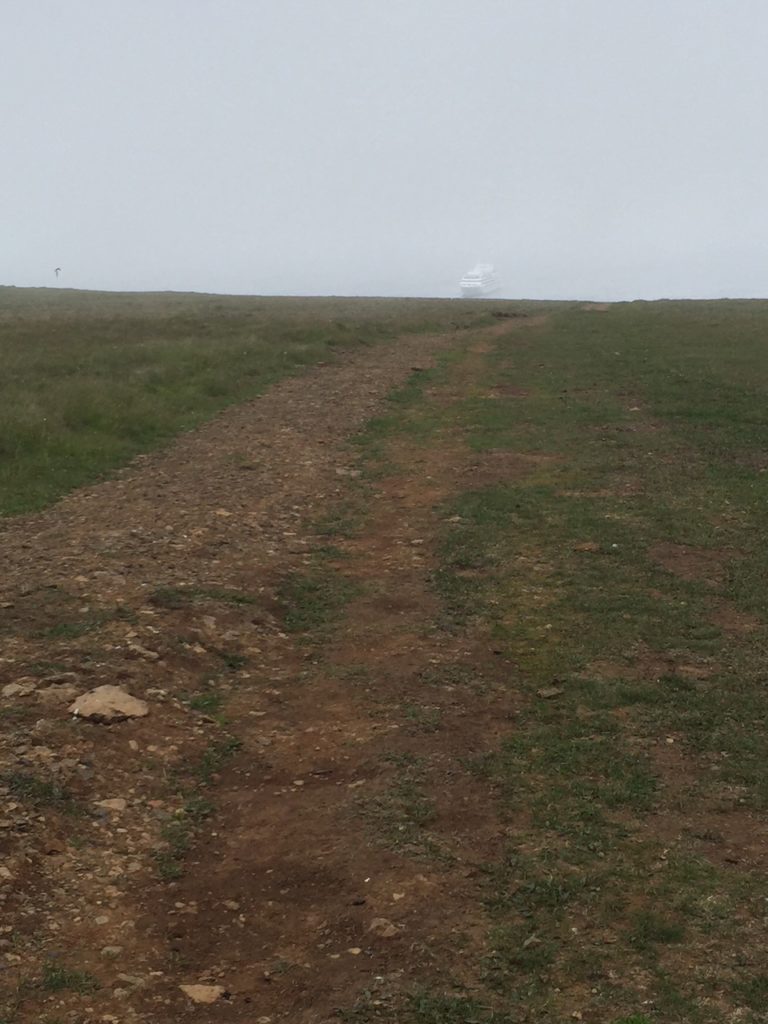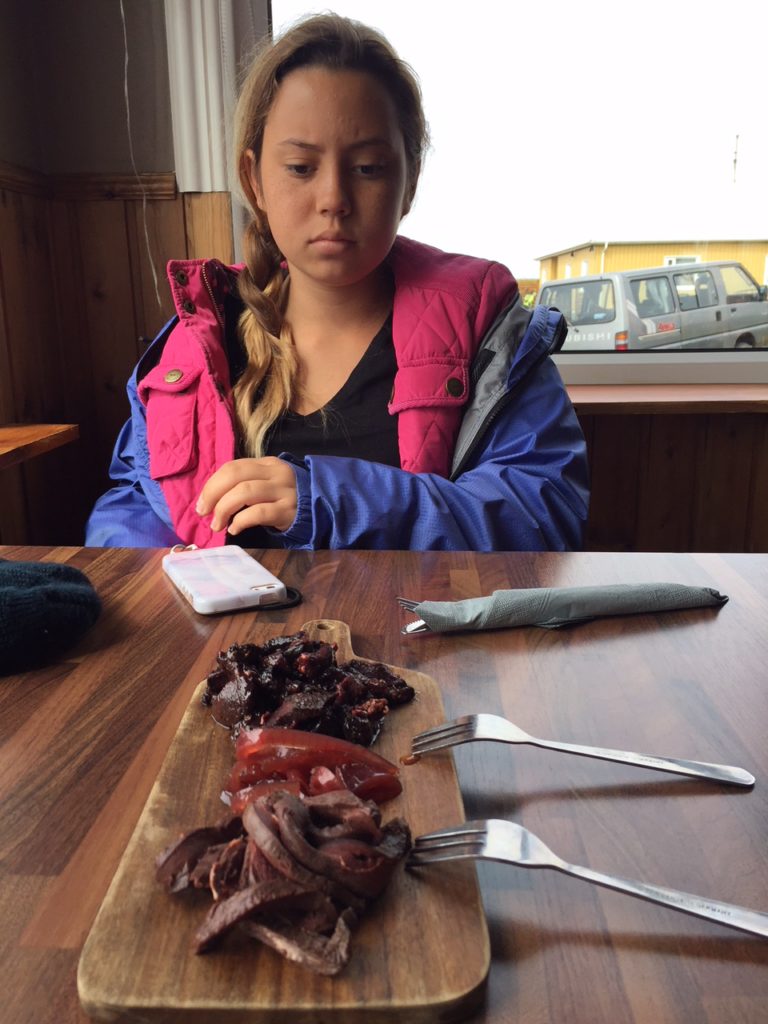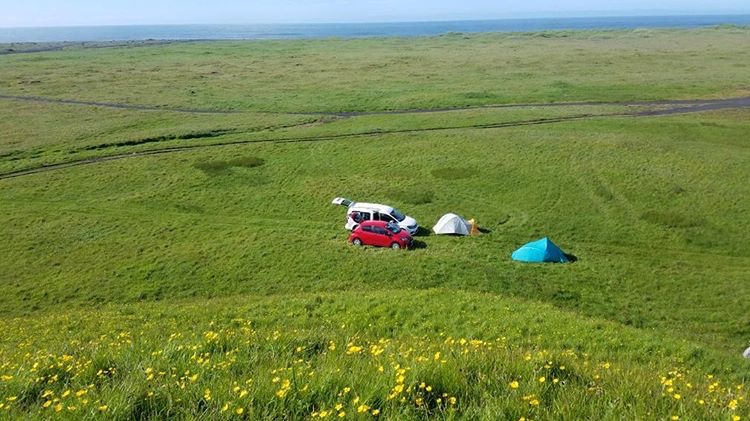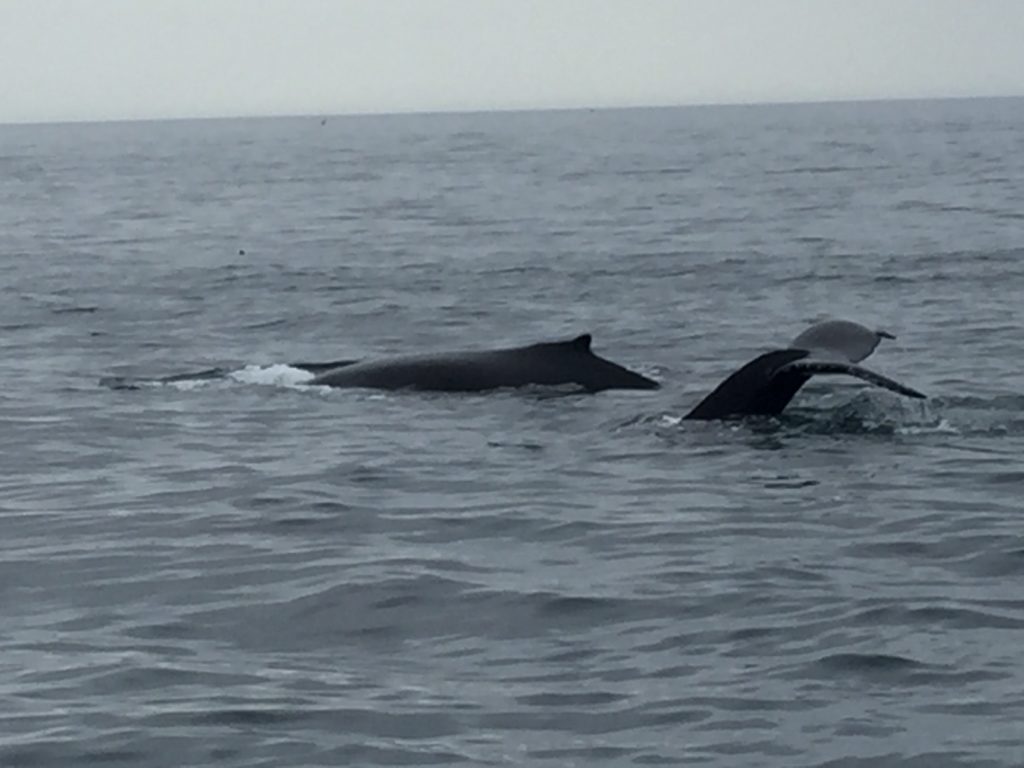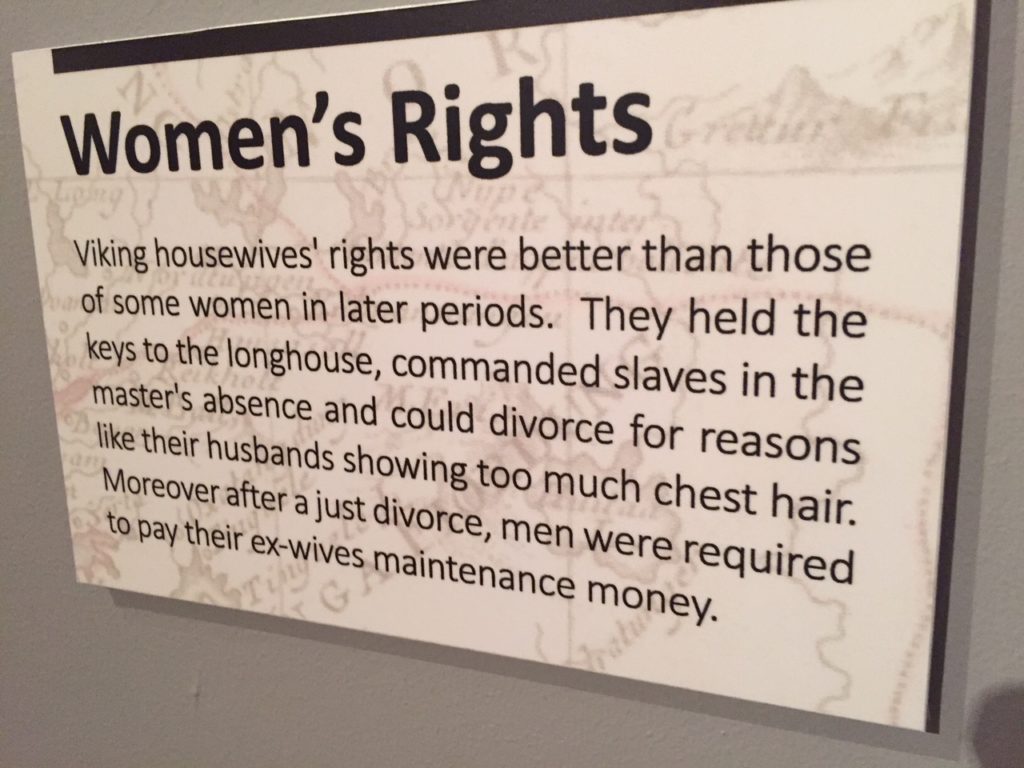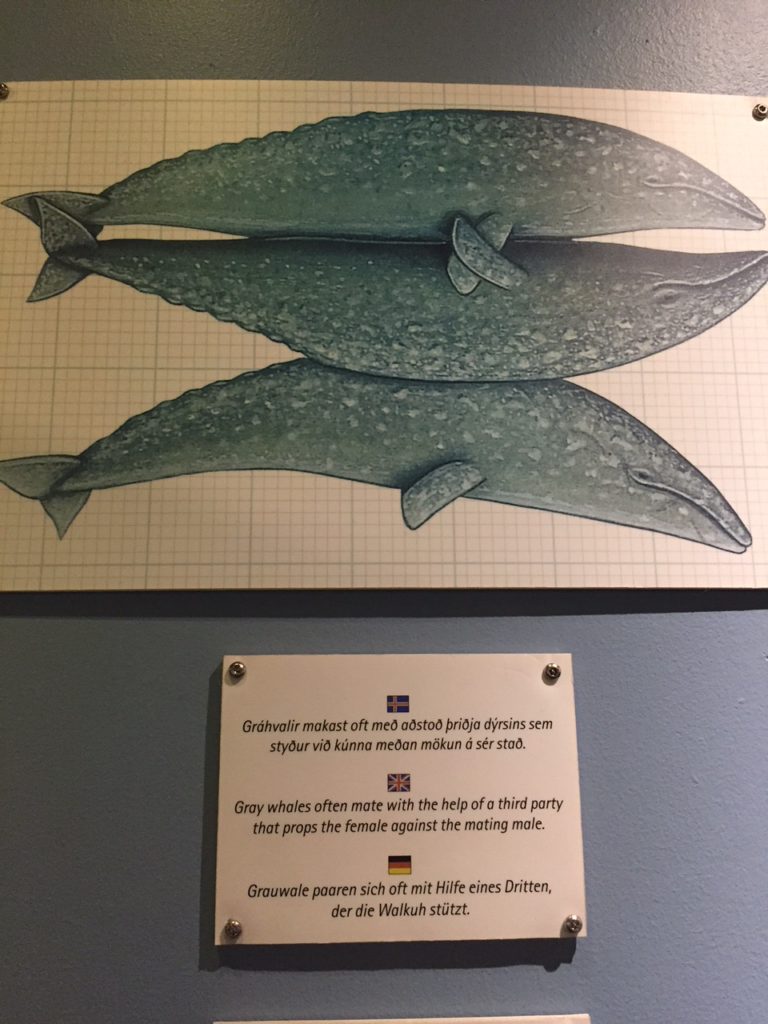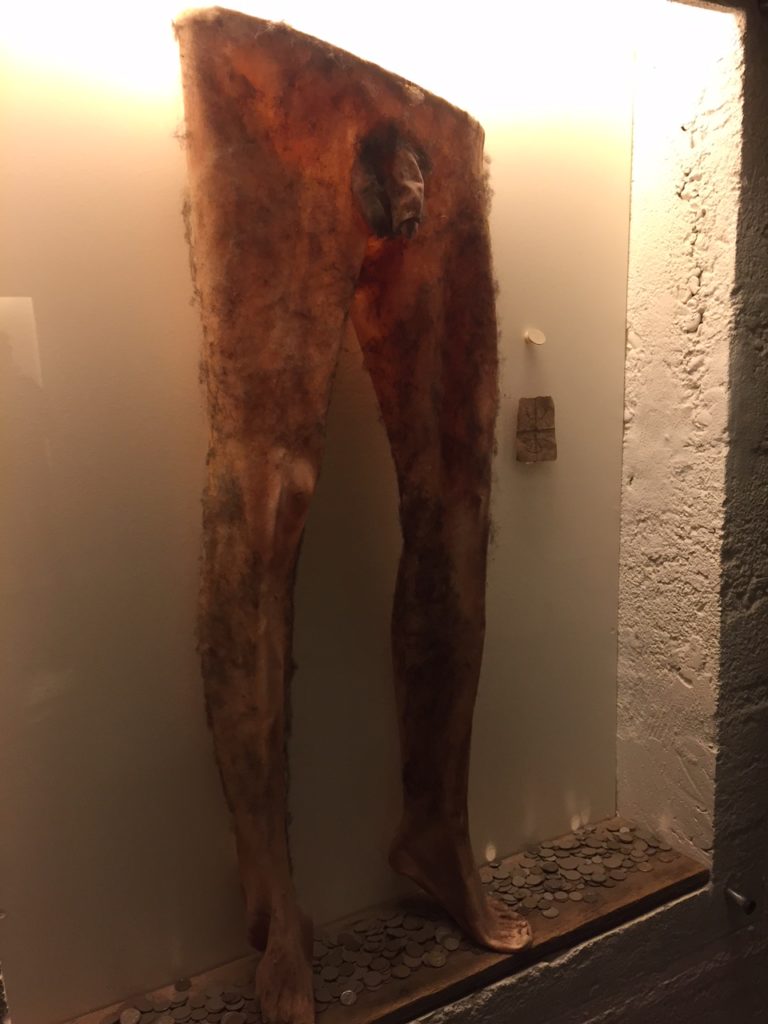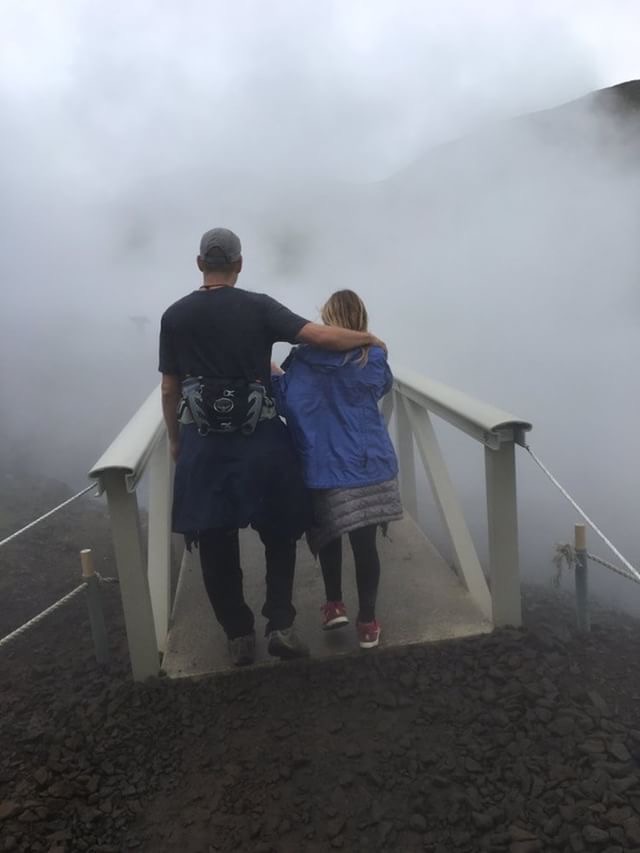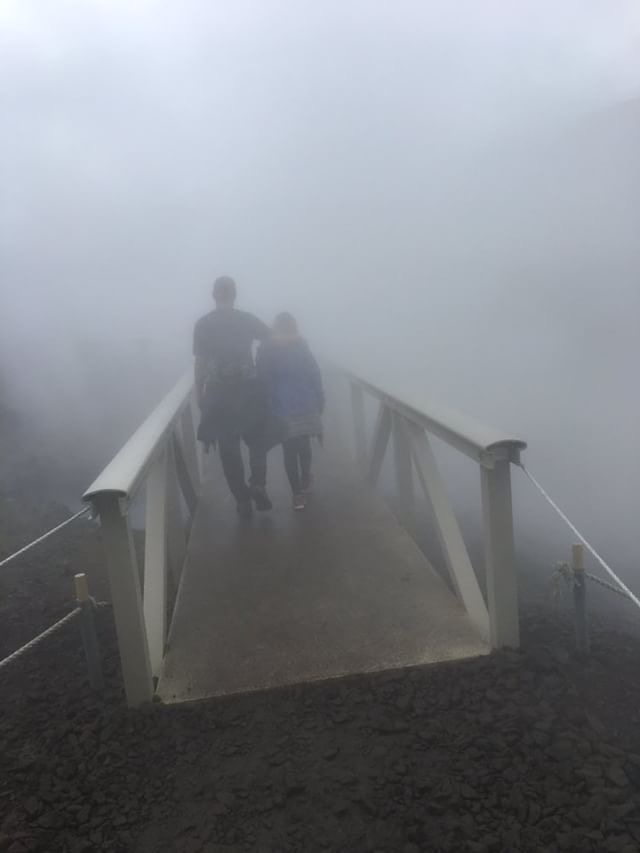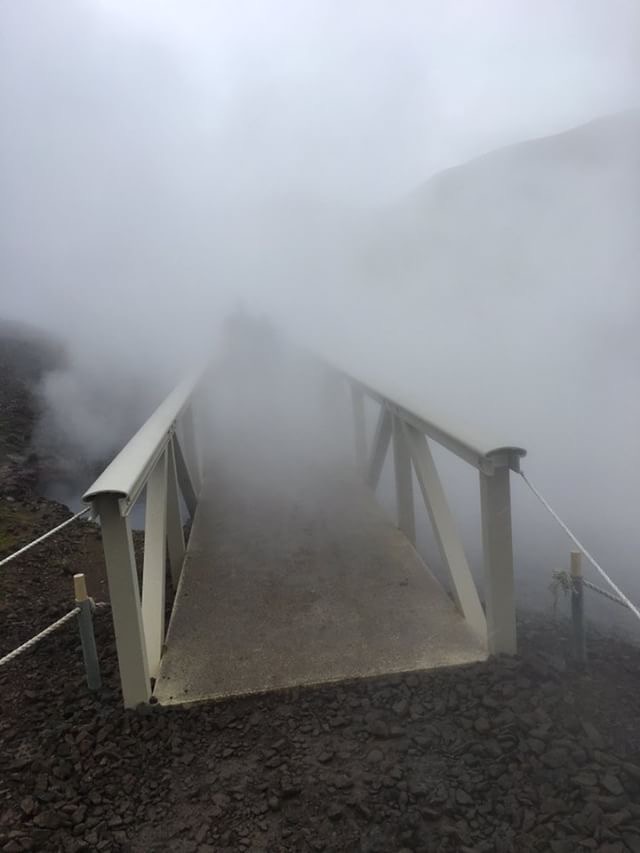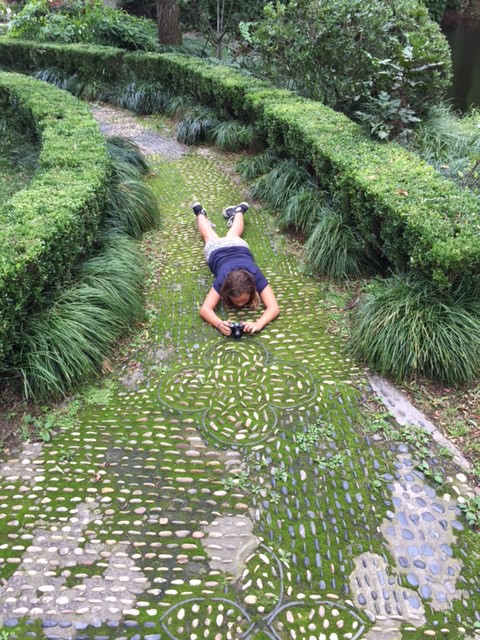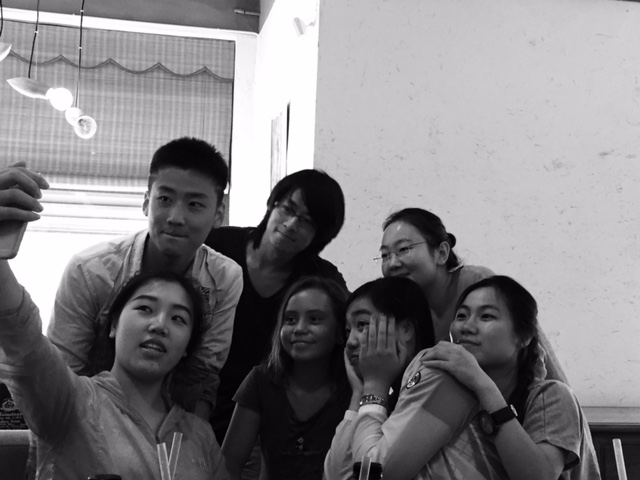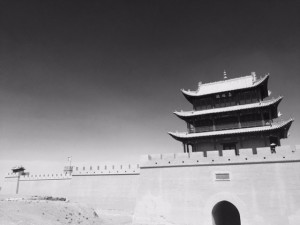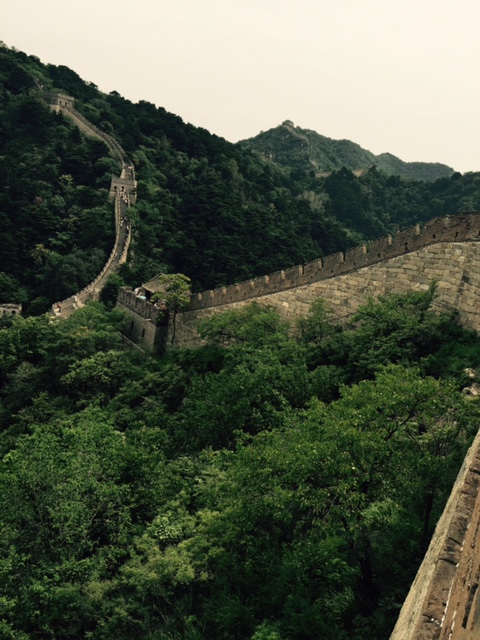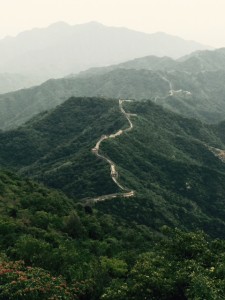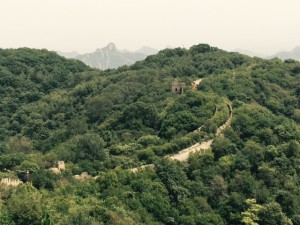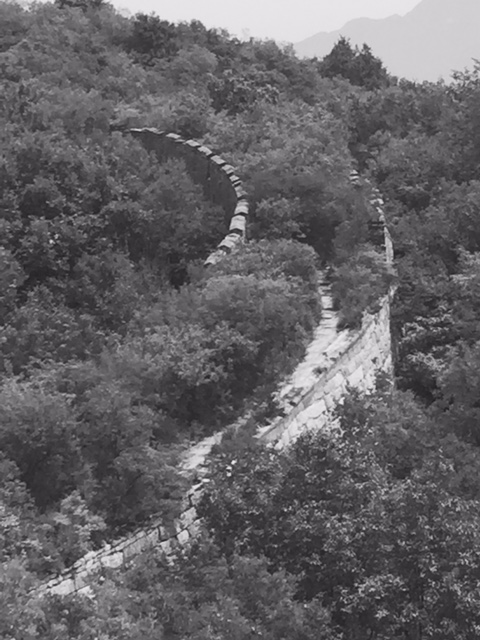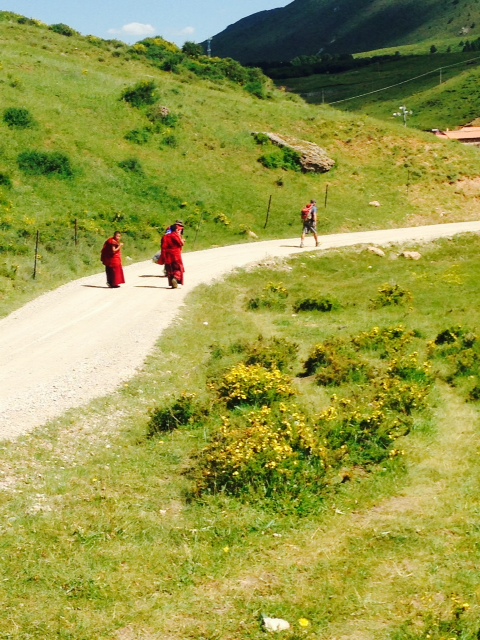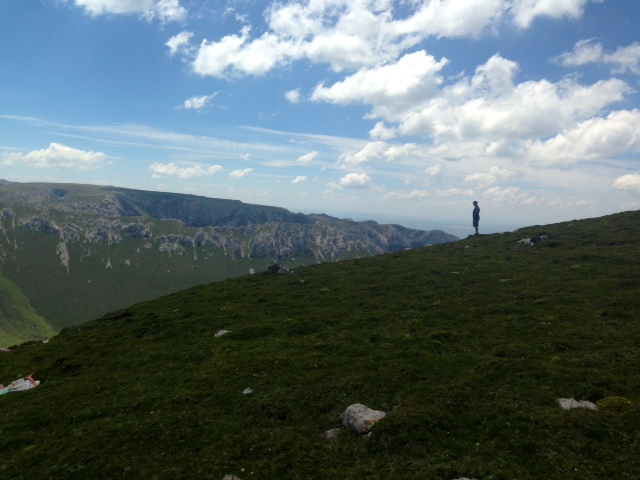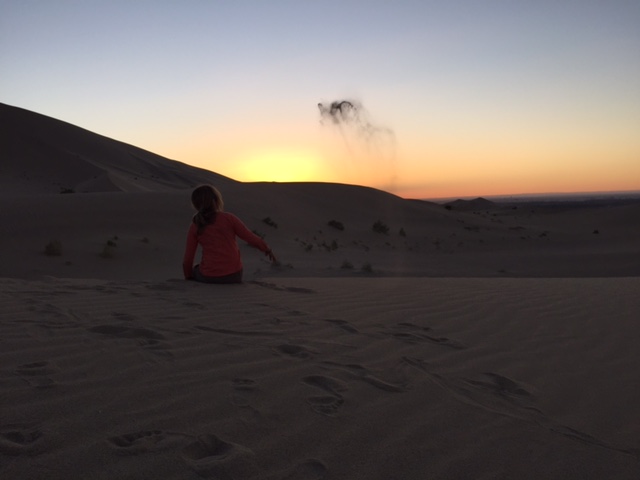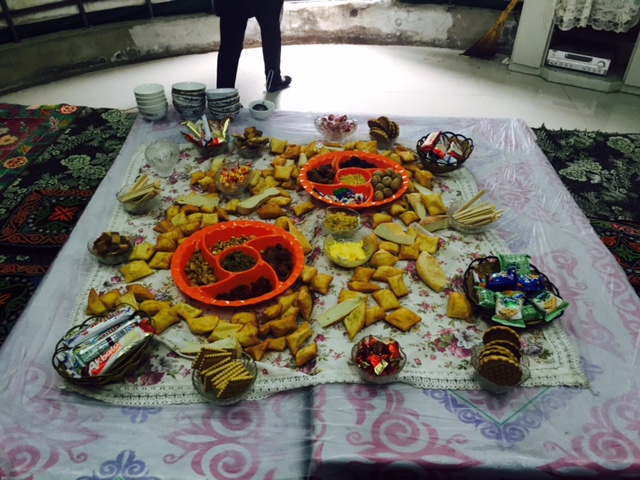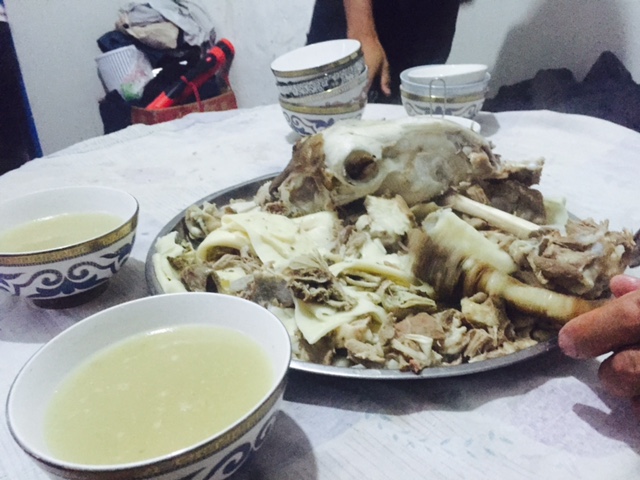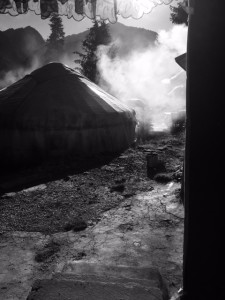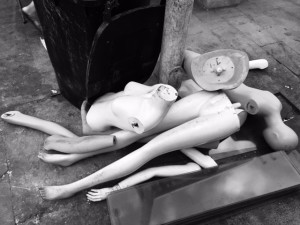
Tag Archives: Steve Halteman

17th Century Iceland: An Alternate Avenue To Wealth
An Alternate Avenue to Wealth
Seventeenth Century Iceland was a hard place to make a go of it. Especially for the lower classes, whom most of that hardship was distributed to. For the have-nots, living on the edge of the Arctic Circle, survival seems to have occupied all the moments of the day. But everyone needs escapist dreams, right? Isn’t that what the lottery is all about?
Well, in 17th century Iceland there was no lottery. So dreams of a better life needed a different outlet. For a small segment of the population that outlet was magic. Or witchcraft if you prefer. Which brought a hope to its believers that a charm or chant would keep the farm’s sheep healthy. Or prevent a storm from drowning a fisherman. Not unlike a prayer for the religious.
But hope can breed desperation. Which led some Icelanders to risk darker magical measures to improve their lot. Take for instance the desire for more milk. An understandable desire for those trying to stave off relentless hunger. Fortunately, a magical process existed for a bounty of milk. Though there was an anatomical price to be paid. But such were the times, that the price was considered reasonable by some who began and ended each day with hunger.
How to get that extra milk on the table? Well if the supplicant followed all the magical steps properly, a small beast would appear. The beast’s specialty was the theft of goat milk. Which it would bring back to its creator after stalking a jittery goat. Such work created a hunger in the beast as well. Conveniently, the beast had no taste for goat’s milk. Which would be contrary to the mission. So the beast had to get its milk from elsewhere. More convenience, as a nipple would grow out of the thigh of the beast’s creator. This was the price the creator paid for his creation. From the thigh nipple, the beast could suckle away on human’s milk. While just above its creator drank endless cups of ill-gotten goat’s milk.
Extra milk is all well and good. But the best way to leave the have-nots and join the haves, then and now, is an influx of money. Once again, black magic in 17th Century Iceland had an answer for the redistribution of wealth. Cue the “nabrok.” Which promised boundless riches. The nabrok directly translates from Icelandic as “death underpants.” For simplicity sake, let’s go with the more common translation of “necropants.” And like all pants, you have to put them on. A very tricky proposition as it turns out.
Let’s work through the process of putting those pants on together. First, we need a protagonist. A 17th Century Icelander living in abject poverty. Desperate enough to try anything to get out of that poverty. Let’s call our protagonist Magnus. (Though there is no reason in the literature why a woman couldn’t put on a pair of necropants, if she chose to do so.) One day, Magnus discovers some black magic that offers the desired escape from that poverty. Though the steps that need to be taken are beyond the range of most human imagination. Magnus hesitates. But the desperation in Magnus grows until it boils. Eventually, he reaches his tolerance limit and takes the plunge into the pool of black magic.
The first step is finding a willing donor. Magnus looks around until he settles on a friend that meets his criteria. One would hope Magnus practiced the conversation extensively before embarking on it. For it is an awkward conversation at best. Let’s say Magnus picks Lief. Who Magnus has to be certain will die before him. Preferably quite soon. If the conversation went perfectly it might sound something like this.
“Hey Lief, how are things?”
“Fine, what can I do for you, Magnus?”
“Well I, I figure you’re going to die before me.”
“Most probably, yeah.”
“Well, I was wondering if I could dig you up after you’re dead and buried?”
“For what purpose, Magnus?”
“It’s a little complicated, but I was hoping to flay your corpse from the waist down. I would do it gently and carefully out of respect for you and also the need to take the skin in one piece.”
“For what purpose, Magnus?”
“Unlimited wealth.”
“Hell, why didn’t you say so to begin with. Of course, I’m at your disposal.”
It is possible to imagine that conversation going in a number of unfortunate directions. But the conversation is critical. Because without permission from the original owner, the necropants will not work as advertised.
Now let’s assume the plan works. Lief dies. Is buried. Is disinterred by Magnus. Skinned. And reinterred. Magnus is standing by the grave bathed in moonlight. He takes off his own pants. Perhaps reconsiders one last time. Then slides his right foot into Lief’s right leg skin. Hopefully, the two men are of similar size. Then the left. Once fully encased, the magic begins. For Lief’s skin forms to Magnus’s body. The psychological ramifications of having a new penis are well beyond the scope of this article. Also beyond the scope is a protagonist choosing an opposite-sex donor. Which would have brought the transgender discussion to the forefront of 17th Century Iceland.
But this is only the first step, so to speak. There are more steps if the wealth is to rain down. Now Magnus has to briefly rob the poor. Black magic never seems to be easy. Specifically, Magnus has to steal a coin from a poor widow. Once he pulls off that low deed, Magnus starts placing things in his new scrotum. First he inserts a nabrokarstafur. Which is an ancient magical symbol written on paper. Then in goes that widow’s coin. Now the scrotum is primed and the magic is up and running. Every time Magnus needs a coin he just reaches down into his jingling scrotum and pulls one out. Preferably he does this privately. The arriving coins will be endless, provided Magnus doesn’t remove the nabrokarstafur and the widow’s coin. The record is unclear as to where a female would place her nabrokarstafur and widow’s coin. Though necessity truly is the mother of invention.
Mission accomplished. Magnus rises out of poverty. An easy life is had, but perhaps a difficult death. For nobody is getting through the pearly gates of heaven wearing someone else’s lower regions. As Magnus nears the end of his life, he must find a willing necropants donee. Otherwise, Magnus and his necropants are headed back to the hard life in a place where global warming is in full swing.
Therefore a second, challenging conversation must take place. “Hey Gunnar, boy do I have a proposition for you.” Let’s assume that Gunnar is joyously receptive to being the new owner of some used necropants. On the appointed day they meet. Preferably privately. Then Magnus willingly steps out of one leg, while Gunnar steps into that same leg. The transition critical, as mutual contact with the necropants must be maintained by the two parties. Or the spell is broken. The image of the transition priceless. Then Gunnar’s other leg goes in. And Magnus steps away.
Gunnar is now ready for an ATM in his underwear. Magnus, back to original, readies for his death. Probably reflecting that robbing a bank might have been easier. And in that way, the necropants could be passed down from generation to generation. Perhaps to this very day. Certainly, the current financial titans of Icelandic industry must be eyed with suspicion. Though to be fair, there is no historical record of the necropants ever being successfully worn. But wouldn’t the successful wearer keep such a thing secret?
The above is a replica of some necropants found in the Museum of Icelandic Sorcery and Witchcraft. The pile of coins below the necropants indicates the scrotum is still producing. The museum is found in the small town of Holmavik. Which is located in the remote and rural Westfjords of Iceland. A very difficult place to survive in 17th Century Iceland. Which is why witchcraft was more prevalent there than in other parts of Iceland.
But the practice of witchcraft in the Westfjords during the 17 Century was a dangerous endeavor. This was due to the behavior of the educated upper classes in the area. Many of whom had studied in Germany and Denmark. Where they learned of the witch execution craze that had taken place earlier in those countries. Upon return to Westfjords, these wealthy individuals decided to root out witchcraft in their neck of the woods. Which predictably they believed to be practiced exclusively by the lower classes. To accomplish the rooting, these individuals turned to the judicial system.
During the 17th Century, 120 accusations of practicing witchcraft were brought to trial in Iceland. An unusual percentage of them in the Westfjords. The trials can be seen as a form of class warfare. Since almost all of the accused were from the lower classes. Unlike the rest of the world though, most of the accused were men. In fact, 110 of the 120 labeled as witches were male. Of the 120 accused, 22 were found guilty and sentenced to death. Once again the ratio was disproportionately male, as only one female was executed.
The accusations ranged from the serious, causing death and destruction through witchcraft, to the ridiculous, causing a young girl to fart uncontrollably. No alleged necropants’ wearers were tried. The vast majority of the convicted were burned alive. The museum documents one unfortunate individual whose binding ropes burned off before their death. Allowing them to run out of the fire, on fire, while protesting their innocence. All of this nonsense continued until the craze faded. As they all must. After 1686, there were no more witch trials in Iceland. Which left all the necropants’ wearers unmolested to go about their business. Literally.

The Relentless March of Time
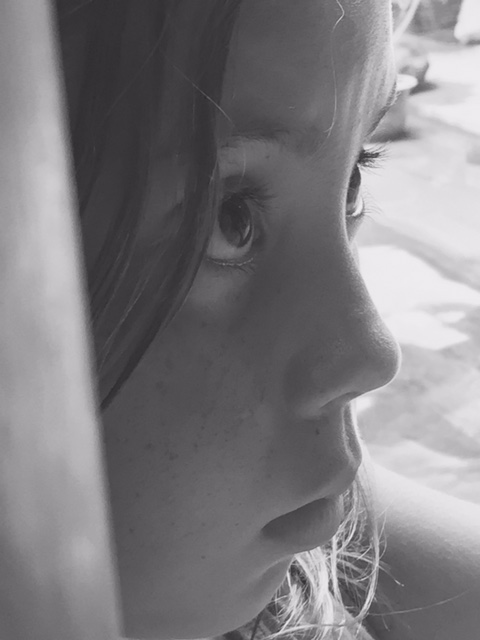
The End
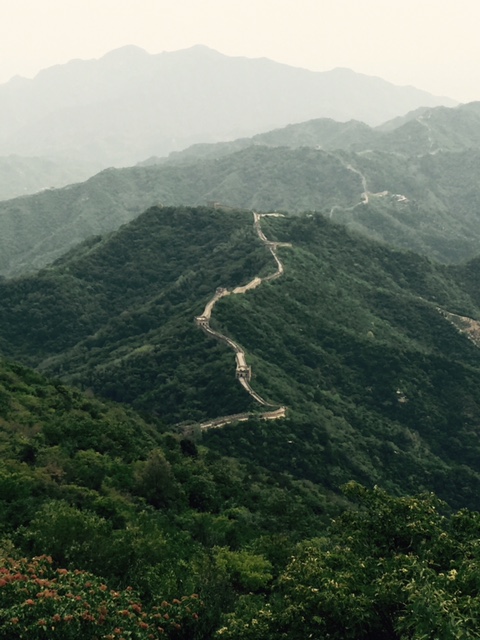
The Wall
(Aug 22, 2015) The Great Wall is well named. When all its branches are factored in it stretches 13,170 miles. That’s a lot of wall. It was built, ignored, rebuilt, and re-ignored over a parade of centuries and dynasties. More than 1 million gave their lives for its construction. It’s purpose was to keep out the trouble that always seemed to come from the north. For that it was impractical. A concentrated attacking army will always overwhelm isolated wall garrisons. Through force, threat or bribery. No, the wall succeeded elsewhere. As that of a radar and an early telephone. Manned beacon towers were placed every couple of kilometers. A structured system of smoke and flag signals in place. When a threat was recognized, the message was sent down the line. Tower to tower. In that way a warning could be sent at the speed of 800 miles a day. In other words, the great tripwire.
We spent time with the wall at both it’s ends. In the West lay Jiayuguan Fort. The last bastion of an empire. Beyond its walls desolation. Here persons in empire disfavor were sent. Flushed into exile by simply opening and closing a door. Their survival chances limited.
In the east we jumped on a bus that made its way to Mutianyu from Beijing. Here 3 miles of wall masonry had been restored for the tourist trade. Regardless it is magic to follow as it piggybacks along the crest of a mountain range. Put in the sweat and you will arrive at the end of restoration. Keep going for a primer on what 400 years of nature’s conquest is capable of.
At a high point I stopped and gave the wall a good eye soak. It made little sense to me. The mountain slopes were steep. Why put a wall on top of such a natural barrier? No invading army could possibly pass it summits. Why go to the effort? My theory is ego. Let’s call it the Everest theory. A climber makes it to within 25 feet of Everest’s summit but must turn back. Though the climber made it to 29,000 feet the climb would be seen as a failure to many. Because it wasn’t complete. The Great Wall succumbs to the same logic. To be complete and thus great it needed to be continuous. No matter how ludicrous the terrain. The demands of ego dictated a wall without break. Much to my appreciation.
Eventually the wall was rendered obsolete by the invading Europeans. Who rudely arrived by sea, on beaches behind the wall. Some curiosities. The wall is invisible from space, contrary to the popular opposite opinion. Marco Polo never mentioned the wall in his travelogue. Which to me questions the credibility of this entire journey. And finally, China’s massive Internet censorship program. Which bars Google, Facebook, Instagram and most articles critical of China to name a few. It’s official name? “The great firewall.” Still trying to keep the outside out.
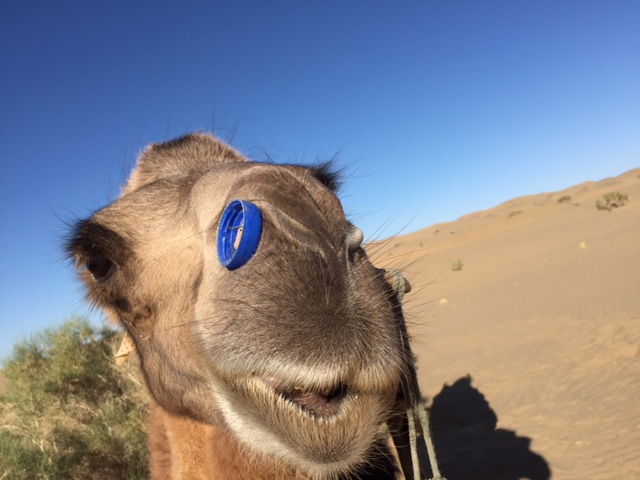
A Camel Ride
(Aug 4, 2015) The plan to create a remembered past. Catch a one a day train up a narrow River Valley. A train for miners to a mine. From there bum a ride 20 km up to an alpine valley. And a hike of three hours to the July 1st glacier at 14,000 feet. Why? That was the day Fumiko delivered, albeit two weeks late. In the midst of a thunderstorm. On this day though the miners were enthusiastic for their digging for the 7 AM train left at 6:25. Once again we were late. But a little early for disappointment, so we jumped on the adage and headed west on a bus.
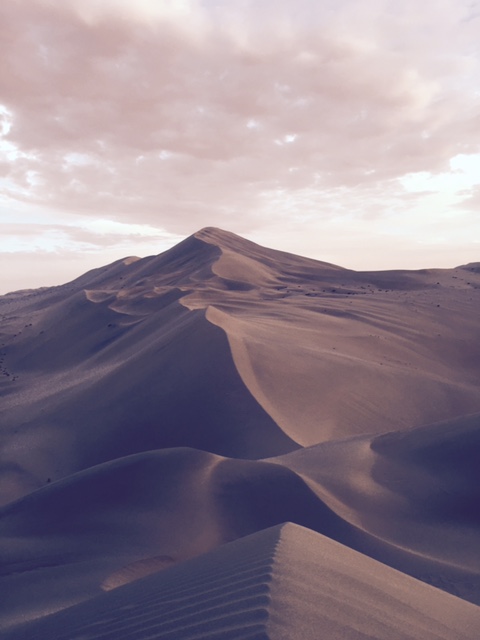
Dunhuang is surrounded by dunes. Hollywoods version of them. Large and wind textured into wrinkles. My astronomer tells me that there are more stars above then grains of sand on earth. Looking around Dunhuang clarifies infinity. On the way to our guesthouse Fumiko spotted a camel. Consolation. Within three hours we had three camels for three days. The double humped variety as opposed to the single humpers. Bactrian rather than Dromedary for the name droppers. Our guide was Mr. Li, a man prone to silence in any language. Which was OK. I like my deserts quiet. One camel for supplies, one for Fumiko and one for myself. Mr. Li seemed inclined to lead by walking. I boarded. Some days fortune and misfortune seem to be a couple. Today it was camels and glaciers.
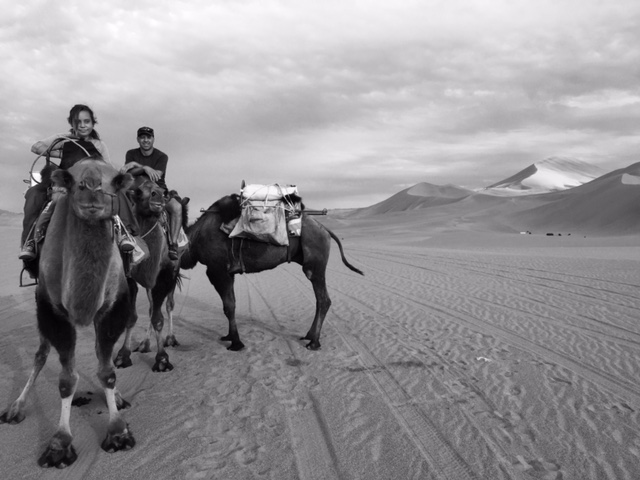
Day two. Hours on a camel saddle seem to support Mr. Li’s position. Fumiko is still whooping though the temperature has 100° in its review. My courtship is with Ali, the number three transport camel. He demands a physical relationship while I want to give our love some distance. Symbolically Ali is tethered to my saddle by a rope. The rope is attached to a stick that passes through his nostrils. It is a branched on one end. A holed plastic bottle cap against the branch prevents the stick from repassing through the nostril. The rope is never taught. Slackness is a measure of his affection.
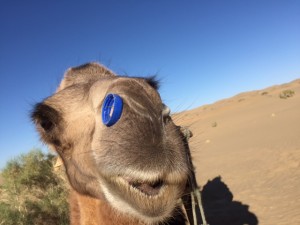
Ali’s head is Siamese to my hip. His whiskers sewing needles. His breath sulphered and decomposing. When there is an itch, either my leg or back suffice for Ali’s need. But the test of our love is the sneezing seizures. Usually a series of seven by count. Camel snot has both a sheen and volume that are a marvel. The series usually begin at my leg, move up my arm and end at my neck and face. Their blasts feel weighted. Our love is on his terms.
We halt for lunch. Using the camel saddles and a bush Mr. Li creates a shade tarp. The wind resists. Ingeniously he ties rope to sticks and buries them lengthwise in the sand. From this anchor the rope to the saddles is strong, preventing them from toppling. I catalog the technique.
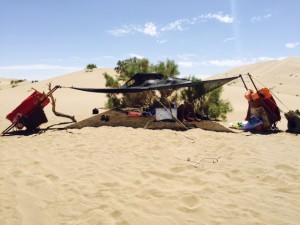
Lunch is cup of noodles and watermelon. I failed to share with Ali. Perhaps stung, he wanders off. And off. And off. With the others. Mr. Li mutters a sour oath. And goes looking. Several hours ago. All of their return is of much interest to Fumiko. But right now the sands are presenting their canvas to the clouds. From my shade perspective Mr. Li and love can take all the time they want.
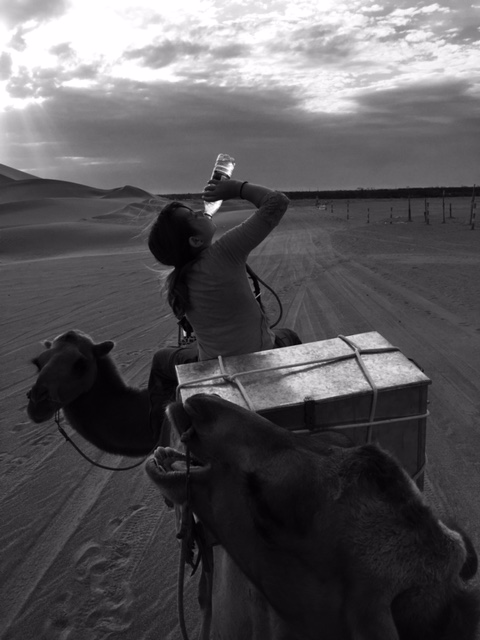
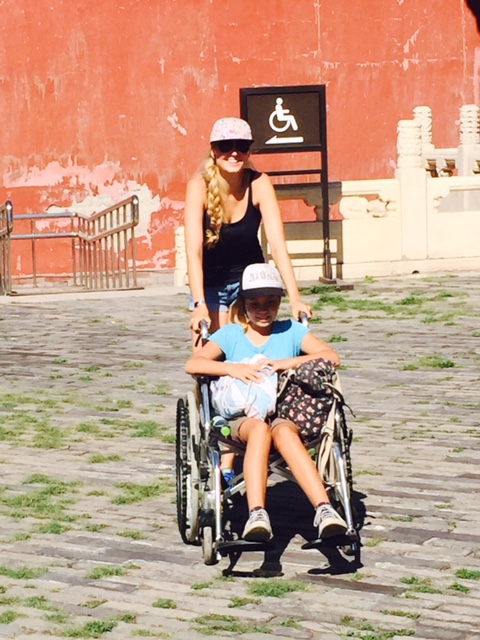
10 Observations About China
(Aug 16, 2015) 10 observations (which might be inaccurate).
1. The vast majority of the taxis run on natural gas.
2. The method of tracking foreigners movements is clever. When you check in to a hotel it is entered into a national police database by the hotel clerk. When you check out the same process. You can’t check in to a new hotel until your previous check out has been noted in the computer.
3. Han Chinese (92% of all Chinese) can only have one child by law. If the next generation husband and wife were both from one child families they can have two children. Ethnic minorities can have as many children as they want.
4. A crosswalk is the Chinese symbol for a target. Arrows come from 360°. The bull’s-eye is the pedestrian.
5. 95% of relationships between a Chinese and a foreigner are between a Chinese woman and a foreign male.
6. 60% of Chinese males smoke while only 3% of females do. No smoking signs are only for decoration.
7. A line is not a straight thing leading away from what is being waited for. Rather it is a surge from any angle possible to get to what is being waited for. The more physical contact the better organized the line is.
8. Every youth hostel has a dog or cat in residence, the uglier it is the more time a 12-year-old must spend with it. To the tune of hours. It is a patience Boot Camp.
9. Turn on the television and chances are you will be watching a World War II drama. A complicated time in China. The Japanese, the nationalists under Chiang Kai shack and the communists under Chairman Mao we’re fighting each other and each other. Regardless the drama will play out along these lines. The Chinese were heroes and self-sacrificing. The Japanese incompetent. Contrary to popular history.
10. Many, many Chinese cars have red ribbons tied to each wheel as well as the sideview mirrors. These ribbons effectively ward off the bad luck of car crashes.
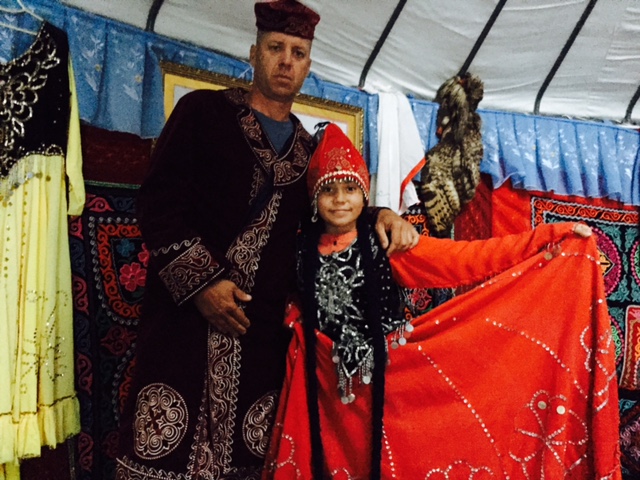
Yurt Life
(Aug 18, 2015) Staying in the yurt of a kazak family for a few days. Formally nomads now settled in a village by order of the government. The yurt on the ridges above Tianchi lake. A stunning body of water now drowning in mass tourism. The yurt was enough away from all that.
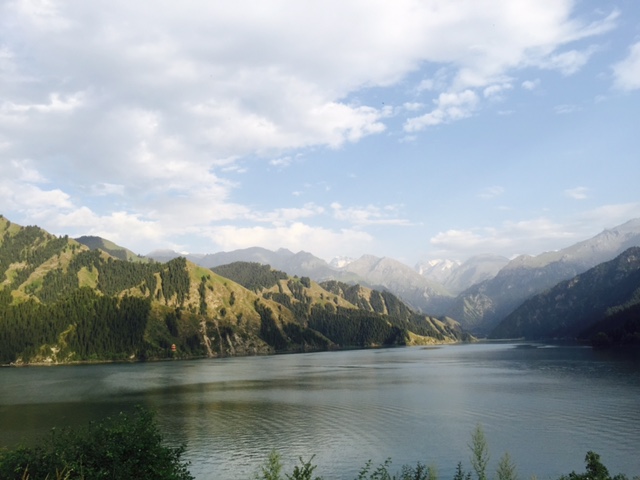
Tianchi Lake also known as heavens lake. Made famous in the book “From Heavens Lake” by Vikram Seth not too far from the border with Kazakhstan
We sat with the family on a raised eating platform which doubled as their bed. The yurt plan included three squares a day. A guest is family. So we ate like one. All circled the tray that was placed at our center. Taking food communally with fingers. On this day the meal was a boiled sheep over 3 inch thick noodles. The sheep was whole minus its hide. Legs, head, innards and hooves. Dad picked up the skull and carved off the cheek. And handed it to me. I ate it. Then he pulled off the ear. Again he offered it to me. I blinked. Then to Fumiko espanolcialis.net. She demurred. So mom popped it in her mouth and had at it. It looked to be a challenging chew. Dad stayed at the skull. The eyes he didn’t offer but kept for himself. The brains he split with his son. They were black with yellow synapses. The daughter seemed surprised that the son was honored with half the brains.
I focused on the meat and fat. Which there were equal proportions of and no desire to separate. Eating large pieces of pure fat is novel to me. The innards were indentifyingly confusing. So I ate them without selection in great quantities. Along with the noodles saturated in the animals grease. The bowled drink was a broth made from the animals juices. Dad plucked various choice bits and handed them to me shouting “kazak style”. I ate from his hand. Mom was all encouragement. Ji, Ji (eat, eat) every time we slowed. A first in my life, to be embarrassed by my limited eating capacity.
The meal went on for a long time. The family good with each other’s company. Dad grabbed a foreleg. He bit the joint off. Clean. Then split the femur length wise with a knife. He shared the marrow with Fumiko. She pronounced it fruity. By the time dad finished with the skull there was nothing but calcium and teeth. Gradually the goat itself was reduced to the same. I recognized a respect to the animal itself. If you’re going to kill and eat an animal, then eat it all. Every possible calorie. I thought of the west. How far we are removed from an animal when it is eaten. Then I got to thinking about vegetarianism…
Alot. As we spent the next 48 hours simultaneously vomiting and shitting.
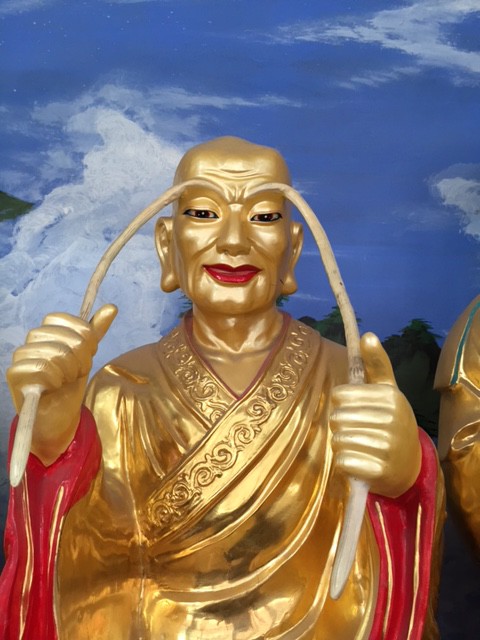
The Gods of Kaifeng
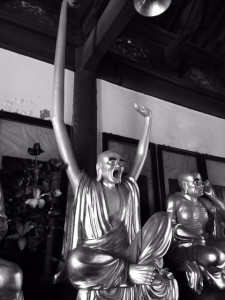 (July 16, 2015) Lots of Gods. The town is thick with their spread. Taoists, Confucianists, Capitalists, Buddhists, Jews, Christians and Muslims. Neighbors within blocks. The graceful roofs sheltering their Deities pimple the cubist horrorscape that is the modern Chinese city. Their houses of worship left alone to look backwards. As if the developers hedged every bet at their walls, just in case one of the outfits called it right.
(July 16, 2015) Lots of Gods. The town is thick with their spread. Taoists, Confucianists, Capitalists, Buddhists, Jews, Christians and Muslims. Neighbors within blocks. The graceful roofs sheltering their Deities pimple the cubist horrorscape that is the modern Chinese city. Their houses of worship left alone to look backwards. As if the developers hedged every bet at their walls, just in case one of the outfits called it right.
This particular temple was Buddhist. We stared at the impressively gutted Buddha. Under his heels the caption. “Big belly can endure all that is hard to endure in the world.” 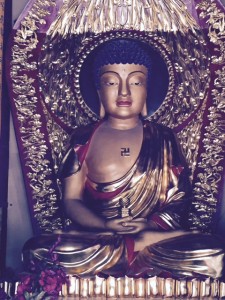
I looked around for faith. Something I’ve never captured when it comes to these Gods. How much smoother would life be if God faith was a companion? All explainable with a simple God reference.
Thought interrupted. “Daddy what is Buddhism?” I go deep for an answer and come up shallow. “It’s the belief that nothing matters because all is impermanent. That we should be detached and not crave things. That we should live in the moment because the past and future do not matter. And some other stuff.” Maybe not too shallow.
“That makes no sense. Stuff matters and I like things. And by the time I say something the moment is past.”
12-year-old checkmate. I weakly abdicate parental responsibility and rush away from any defense. “I’m with you Fly.”
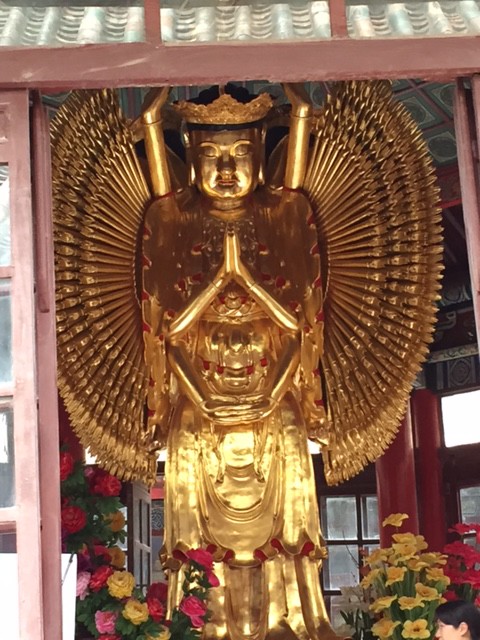 Bait and switch. “Hey look at that Buddha over there. It took 58 years to carve.” “It’s big.” says she.
Bait and switch. “Hey look at that Buddha over there. It took 58 years to carve.” “It’s big.” says she.
I take another stab. “Maybe that’s Buddhism Fumiko. The person who carved that lived in the present for 58 years.” “Sounds kind of boring but I guess Buddhism’s OK. I especially like it’s bellies.”
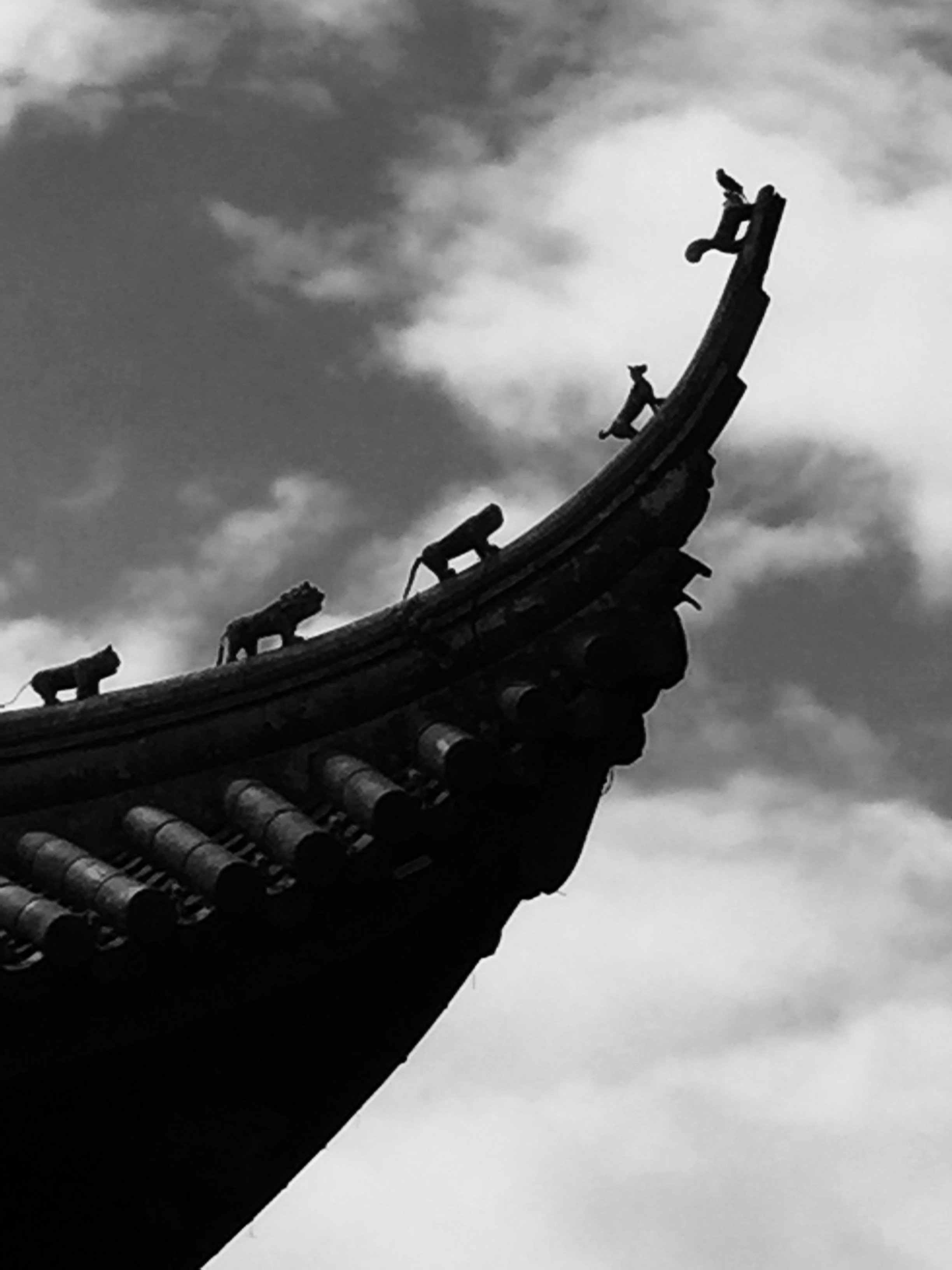
Nanjing
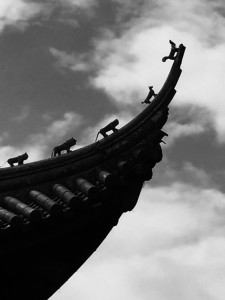 (July 10, 2015) The growled opera of a hundred chanting monks stilled our walk. In the exhausted rain of an overstretched typhoon. Us perched high on the fortified city wall that kept so many heathens in their proper neighborhood. The shadowed monastery snuggled it’s lower bulwark. Surrounded by trees in whose branches locals hid from the swordsman of the Imperial Japanese army. 300,000 of their brethren lost that particular game of hide and seek. We strained for sight of shaved heads. Echoes of prayers climbed from the monastery. Our wall breathed the chants in return. For how many centuries had these lovers whispered back and forth? We voyuered on, content in the wet.
(July 10, 2015) The growled opera of a hundred chanting monks stilled our walk. In the exhausted rain of an overstretched typhoon. Us perched high on the fortified city wall that kept so many heathens in their proper neighborhood. The shadowed monastery snuggled it’s lower bulwark. Surrounded by trees in whose branches locals hid from the swordsman of the Imperial Japanese army. 300,000 of their brethren lost that particular game of hide and seek. We strained for sight of shaved heads. Echoes of prayers climbed from the monastery. Our wall breathed the chants in return. For how many centuries had these lovers whispered back and forth? We voyuered on, content in the wet.
